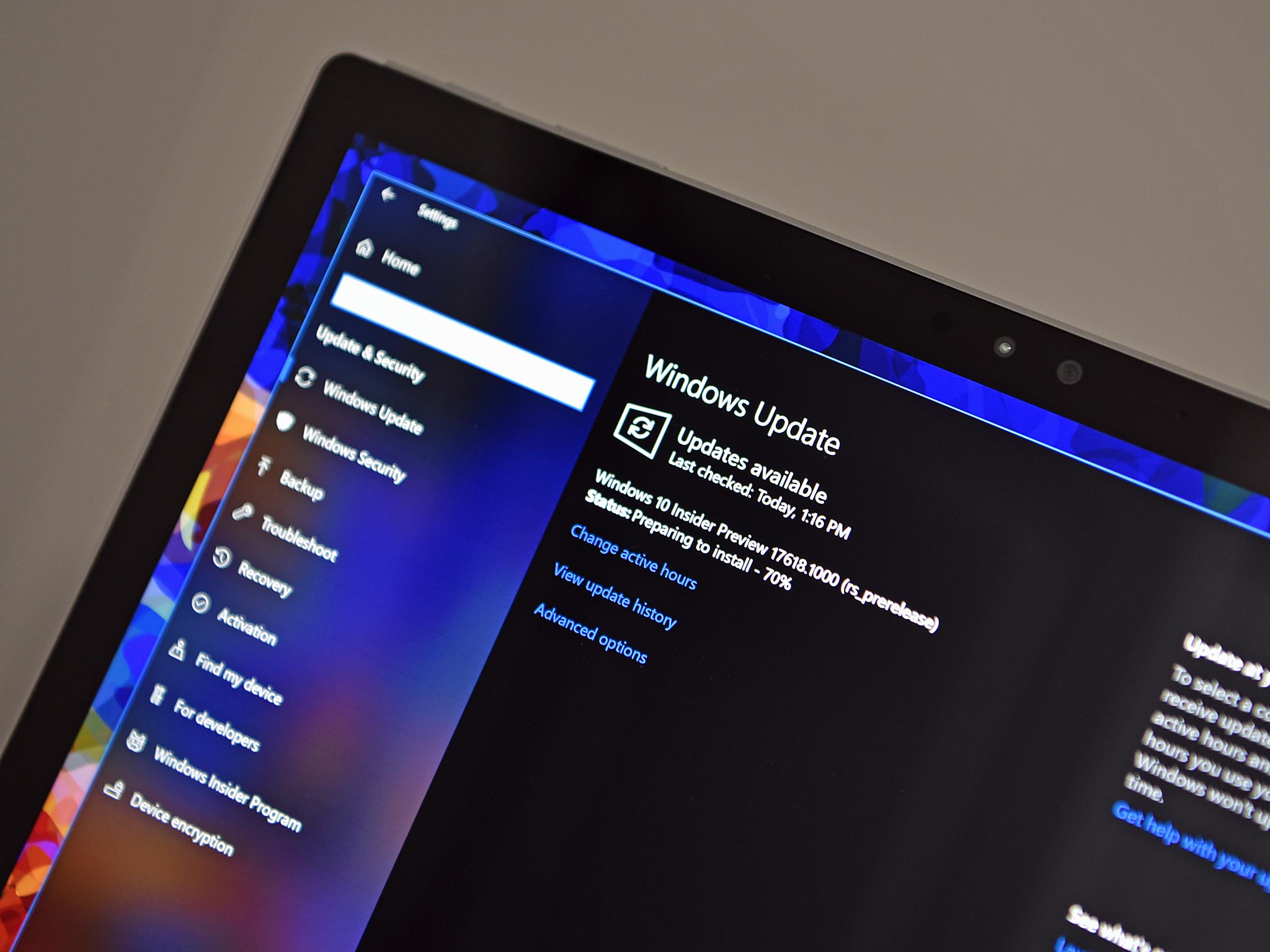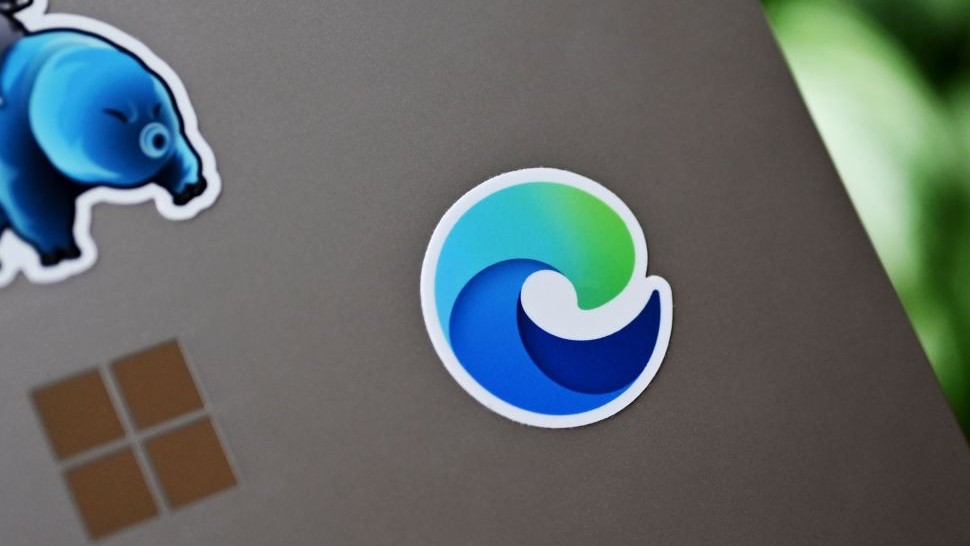Microsoft is making significant changes to how it tests Windows 10 with Insiders
Fast ring builds are no longer tied to specific future releases of Windows 10. Here's what that means.

What you need to know
- Fast ring builds are no longer tied to specific OS releases.
- New features can come in and out of builds all the time.
- Fast ring is now a perpetual beta ring.
Big changes are coming to the way Microsoft develops and tests Windows 10 with participants in the Windows Insider Program. Starting with today's build, Microsoft will no longer designate preview builds that roll out to the Fast ring as part of a specific release of Windows 10. This means that from now on, builds released to the Fast ring can includes features that might not show up in the immediate next public release of the OS.
Microsoft is essentially turning the Fast ring into a perpetual beta ring for Windows 10, with features coming in and out all the time that aren't necessarily tied to the next version of the OS. This is similar to how the Edge Canary and Dev branches work, in that features will show up, but aren't always guaranteed to ship with the next stable release of the browser. Sometimes those features can remain in the Canary or Dev branches for months before they make their way to a Stable release.
Today's fast ring build is 19536, and Microsoft says these builds aren't part of the next version of Windows 10 for desktop, codenamed 20H2. Some features that show up in the Fast ring may make their way into a 20H2 release, but I'm told that 20H2 for Windows 10 desktop will be just like 19H2, and not a full-blown release like 20H1.
As I understand it, Microsoft will be using the Slow and Release Preview rings to test builds that are part of a specific release going forward. After a certain amount of time in the Fast ring, Microsoft will take a snapshot of all the features and changes currently in testing, fork them into a release branch, and begin rolling those builds out to the Slow and Release Preview rings, before eventually rolling out the public a few months later.
This is a big deal, as it means Microsoft now has more room to breathe when it comes to building and testing new features for both Windows 10 and Windows 10X. Just because a feature shows up in the Fast ring, doesn't mean it needs to be done in time for the next version of Windows 10. It can stay in there for as long as Microsoft needs.
Insider baseball
According to sources, many of the changes coming into play also tie into Windows 10X. Since Windows 10X will only be available on new devices, Microsoft can't test it with Insiders. What it can do, however, is test specific features built for Windows 10X on desktop builds. Now that the Fast ring isn't tied to any particular release, Microsoft can essentially use it as an experimental ring for features that aren't intended to ever ship on desktop.
Since Windows 10X is shipping in the fall of 2020, the "shipping version" of that OS will technically be 20H2, but since 20H2 on desktop is a smaller 19H2-style update, these 195XX builds will be the 20H2 release (also codenamed Manganese) for Windows 10X. This means that there will be some divergence in codebase between the shipping versions of Windows 10 and Windows 10X at launch, but that will likely realign in 2021.
All the latest news, reviews, and guides for Windows and Xbox diehards.
The 195XX builds for desktop will never actually ship as a public release. So once an "RTM" build is declared for Windows 10X internally, the equivalent build for Windows 10 desktop won't ever ship to the public, and those in the Fast ring will continue testing newer builds like normal. If we're using Microsoft's internal codenames, the 195XX builds are part of the Manganese release, which is for Windows 10X only. The release coming after, codenamed Iron (or 21H1,) should be for both Windows 10 and Windows 10X.

